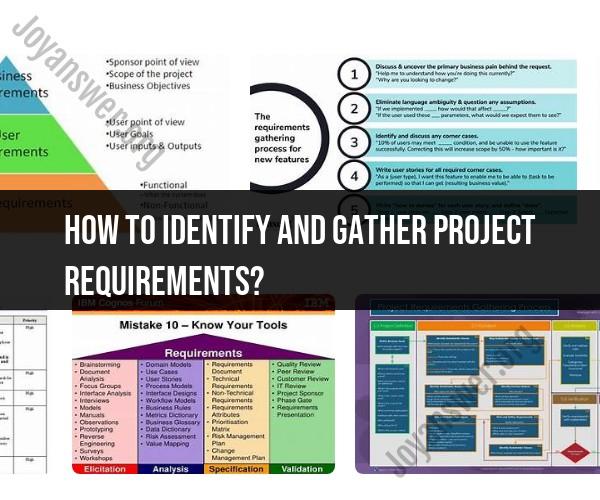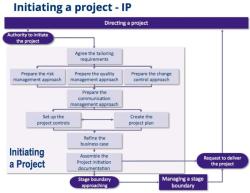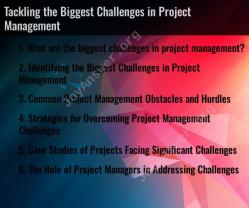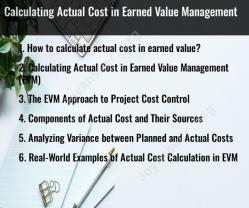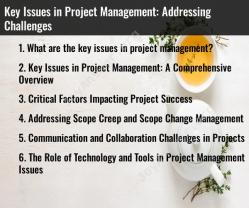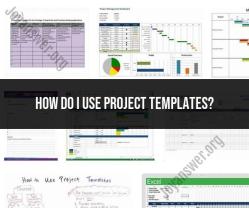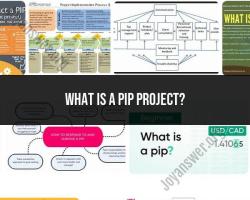How to identify and gather project requirements?
Identifying and gathering project requirements is a critical phase in project management, as it lays the foundation for the entire project. Gathering accurate and comprehensive requirements ensures that the project team understands what needs to be delivered and minimizes misunderstandings or scope changes later in the project. Here's a step-by-step guide on how to identify and gather project requirements:
Define the Project Scope:
- Begin by defining the overall project scope. What is the project's purpose, objectives, and expected outcomes? Establish clear boundaries for what is and isn't part of the project.
Identify Stakeholders:
- Identify all stakeholders involved in or affected by the project. Stakeholders can include clients, end-users, project sponsors, team members, and regulatory bodies. Each stakeholder may have unique requirements.
Engage Stakeholders:
- Schedule meetings, interviews, workshops, or surveys to engage with stakeholders. These interactions are essential for understanding their needs, expectations, and constraints. Encourage open and honest communication.
Use Multiple Techniques:
- Employ a variety of techniques to gather requirements effectively. Common methods include:
- Interviews: Conduct one-on-one or group interviews with stakeholders to ask questions and gather information.
- Workshops: Organize group workshops or brainstorming sessions to collaboratively define requirements.
- Surveys and Questionnaires: Distribute surveys to stakeholders to collect information, especially when dealing with a large audience.
- Observations: Observe how current processes or systems work to identify pain points and improvement opportunities.
- Employ a variety of techniques to gather requirements effectively. Common methods include:
Document Requirements:
- Clearly document the gathered requirements. Use templates, spreadsheets, or specialized requirements management software to capture information systematically. Requirements documentation should include:
- Functional requirements (what the system or product should do).
- Non-functional requirements (qualities, constraints, and performance expectations).
- Business rules.
- Use cases or user stories.
- Diagrams, flowcharts, or wireframes to visualize requirements.
- Clearly document the gathered requirements. Use templates, spreadsheets, or specialized requirements management software to capture information systematically. Requirements documentation should include:
Prioritize Requirements:
- Work with stakeholders to prioritize requirements. Determine which requirements are "must-haves" (critical to project success) and which are "nice-to-haves" (desirable but not essential).
Validate Requirements:
- Ensure that the gathered requirements are complete, consistent, and aligned with project goals. Validate them with stakeholders to confirm accuracy and understanding.
Review and Approve:
- Conduct formal reviews and obtain approvals from key stakeholders. This step ensures that everyone agrees on the documented requirements.
Manage Changes:
- Recognize that requirements may evolve over time. Implement a change control process to handle modifications and ensure they align with project objectives.
Baseline Requirements:
- Once requirements are approved, establish a baseline. This serves as a reference point for tracking changes and managing scope throughout the project.
Communicate Requirements:
- Share the requirements documentation with the project team and stakeholders. Effective communication is essential to ensure everyone understands the project's scope and objectives.
Traceability:
- Implement traceability to link requirements to project deliverables and test cases. This helps ensure that all requirements are met during project execution.
Continuous Monitoring:
- Continuously monitor and manage requirements throughout the project's lifecycle. Address any issues, conflicts, or changes promptly.
Document Assumptions and Constraints:
- Be sure to document any assumptions made during requirement gathering and any constraints that may impact the project's ability to meet certain requirements.
Iterate as Needed:
- Recognize that requirements gathering can be an iterative process. As the project progresses, revisit and update requirements if necessary to ensure they remain aligned with project goals.
Seek Expert Input:
- Depending on the complexity of the project, consider involving subject matter experts who can provide valuable insights into specific technical or domain-related requirements.
Remember that successful requirements gathering requires effective communication, collaboration, and the ability to listen actively to stakeholders' needs. It's also crucial to document and manage requirements rigorously throughout the project to ensure its success.
